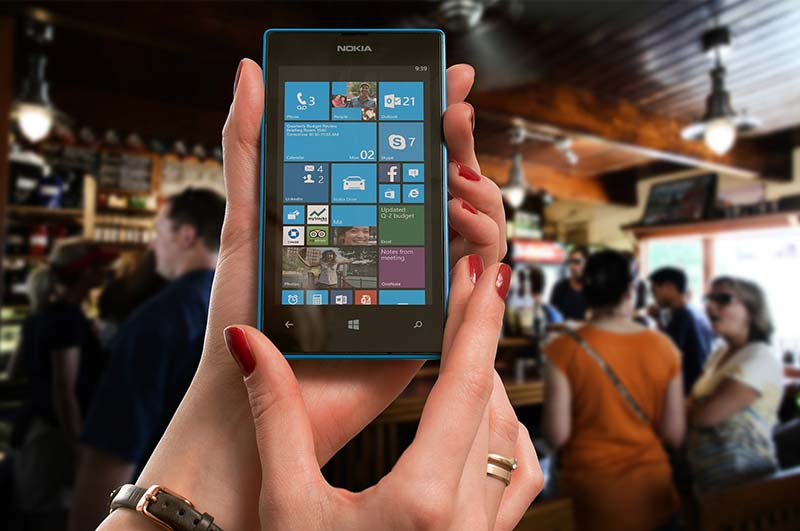There’s a lot to be said for identifying an untapped market segment and then making it your own. That’s what Travel by Knight seeks to do with a 12-berth Sprinter sleeper from Swansea Coachworks
Many businesses have been built successfully on doing something outside the box, debuting an idea that’s not been seen before.
Alan Aim, of Travel by Knight, is bidding to do the same with a Mercedes-Benz Sprinter minicoach conversion that has no seats, but 12 compact bunks.
Travel by Knight is based in Cowdenbeath, and it’s a new venture for Alan.
He has business interests outside transport, but his experience in the passenger-carrying industry began on his native Orkney with one minibus in 2006. He ran it locally for two years on a restricted O-Licence while working for his father.
The bespoke bunk-equipped Sprinter, which has been extended and converted by Swansea Coachworks, is not a continuation of that. It’s a unique concept that Alan hopes will take off and lead to the operation of more and larger sleeper coaches.
“The concept for the Sprinter comes from places like Cambodia and Vietnam, where overnight sleeper coach services are common,” he says.
“For quite some time I had been toying with doing something on a similar basis but with a smaller vehicle, and it was in 2016 that I made the move. I wanted to take the idea and bring it to the UK market.”
Swansea Coachworks has done a lot within the relatively limited amount of space available in the Sprinter, and it has stacked three sets of bunks on each side of the interior, each with an upper and lower position.
Including framing, each bunk area is 800mm wide. They are all equipped with an air-conditioning vent, one 240v and two USB charging sockets, and a reading light. The converter has delivered what it promised at a reasonable price, so what comes next?
A unique vehicle
The Sprinter cannot be converted to a ‘day’ layout; Swansea Coachworks prepared two full-length metal frames that hold the bunks and it mounted them prior to adding the coach rear.
As such, it’s suitable only for overnight use, but Alan believe that there will be enough demand to keep it busy, with his own connections within the Fife business community already throwing up leads.
The strapline used on the Sprinter refers to time saved by travelling overnight. That’s the key to the whole project, Alan adds. “With cheap hotel rooms and advance rail tickets, I can’t guarantee that I will always be able to save customers money, but I will save them time.”
The cost-conscious student market may bear fruit. “When I was studying in Edinburgh, it took all day to get back home to Orkney. It’s not an easy journey. I believe that it would be much more attractive to be able to do that trip overnight while asleep.”
Besides students, tourism – one of Scotland’s boom industries – may prove to be a good source of work. Squadrons of minicoaches leave Edinburgh daily on tours of varying distances and durations, and Alan believes that groups of backpackers may be attracted to his sleeper minicoach.
Golfing parties heading north are also a target. Internally, the Sprinter’s layout maximises space for smaller bags in every nook and cranny, and it has a matching twin-axle trailer. Besides golf bags, it is capable of taking 12 bicycles.
Marketing acumen
Sports teams and bands are other markets that Alan is targeting. He has been busy promoting the Sprinter at various events, but the distinctive branding that it carries is also proving a useful marketing tool.
“I am a fan of the Brewdog brewery; it has a strong identity and logo, and it has been successful in marketing itself in craft beer circles. Brewdog’s identity is well-known and it is not mistaken for any other brewery.”
The Travel By Knight badge is based on those principles. It is applied prominently to both sides of the Sprinter and is accompanied by some clever marketing taglines. Both have already helped to generate awareness.
“I was in a bank doing something connected with my other business, but wearing a hoodie with the Travel by Knight logo on it. The lady in there recognised it and asked me if I was the man with the sleeper bus,” he adds.
A hoodie may sound like unusual apparel for a professional driver, but it’s part of the slightly offbeat package that he wants to build around the sleeper minicoach idea that will appeal to target markets.
While drivers won’t have much time to interact with passengers – in fact, Alan says that the priority is getting them to sleep as soon as possible after departure – he has had the equivalent of in-flight safety cards made up with Travel by Knight branding, along with wet wipes, which can be used to freshen up after an overnight journey.
Scheduled future
Besides private hire work, the ultimate aim is to operate scheduled overnight services, potentially with a larger fleet of sleeper vehicles. “I see a market for routes using vehicles equipped with bunks. I used the Megabus Gold sleeper coaches prior to them being discontinued by Stagecoach. They were often full or nearly full, but I didn’t like the fact that there was no privacy on them.
“The attitude of drivers also often left something to be desired, but I saw lots of potential in the product. There is a market there.” As part of his planning for that, Alan conducted a ‘dry run’ from Fife to south-east England during November. The minicoach was being taken to an event, and a request was put out for passengers who may have been happy to act as ‘guinea pigs’ as potential stopping points and timings were evaluated.
Even if scheduled services do take off, one thing Alan is not planning to do is franchise the Travel by Knight concept. Instead, he would look to work with operators in other parts of the country, and form a partnership with them.
The hardware
Experience of Megabus Gold also gave Alan the opportunity to size up the beds used on its double-decker coaches and to transfer what he learned to the design specifications for the Sprinter.
Its layout is comfy, but the twelve bunks are not all the same size. The four at the rear are the largest, and those in the middle are the smallest. All face backwards to avoid the need for a seat belt – hardly a practicality when lying down.
The pillow area in each bunk is raised. At the rear and in the middle of the Sprinter, that allows another passenger’s feet to be accommodated underneath, and for the four frontmost bunks, the area is used for storage.
Although it may not look so at first glance, that arrangement gives a reasonable amount of space within the bunk areas.
In the rearmost positions it is possible for passengers over 6ft tall to fit without touching either their head or feet against anything, although space above occupants is limited.
The Sprinter has heavily-tinted side glazing that is difficult to see through, but curtains are fitted to both sides of every bunk. Three small moveable ladders are part of the specification for those travellers using the upper positions. A roof-mounted air-conditioning unit has been fitted, and heat comes from the dash vents.
Proof of the pudding
The opportunity was taken by miniplus to test both the lower and the upper bunks while the Sprinter was on the move, although in urban traffic rather than the higher-speed cruising that is its intended application.
Both are comfortable, and Alan has spared nothing in equipping them with high-quality linen. That, combined with the double-glazing and the curtains, gives excellent sound deadening, and the engine is no more than a hum in the background. What is noticeable is the limited space above the bunk occupant, but once the curtains are drawn and the lights are out, that will not be noticed.
A concept similar to Travel by Knight’s has already proved popular in the United States, where a full-size coach is used on overnight scheduled services with bunks of similar sizes to the Sprinter’s. Alan’s idea is a novel one, and it will be interesting to see where Travel by Knight goes in the future.


























